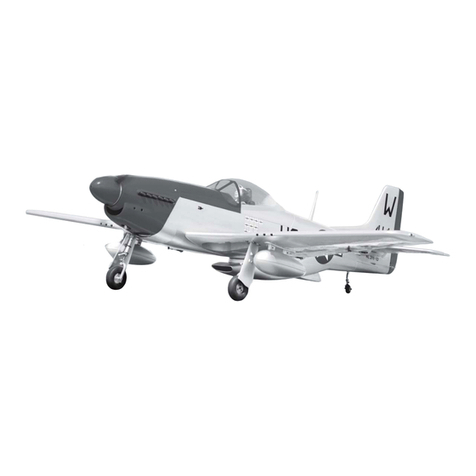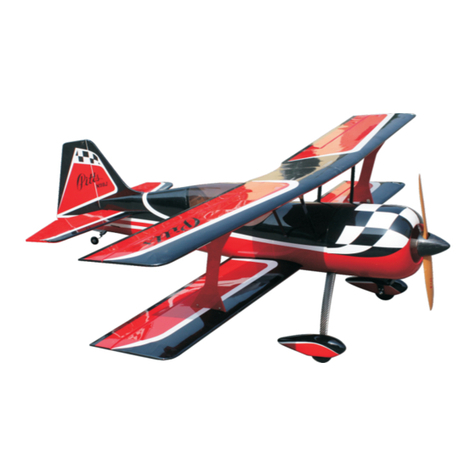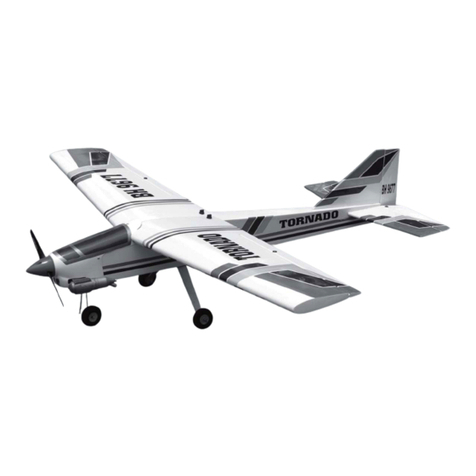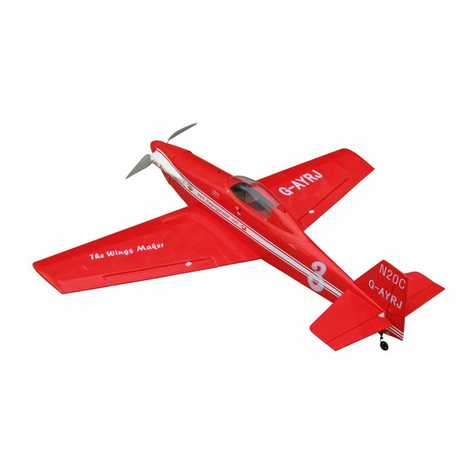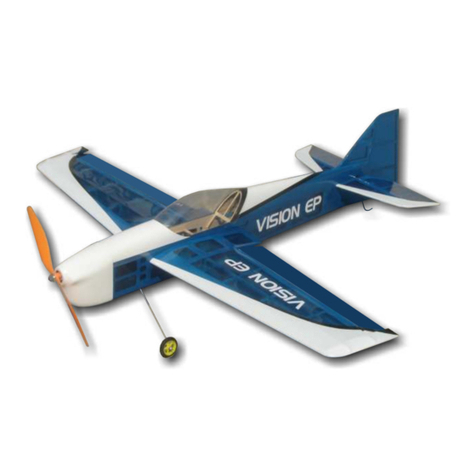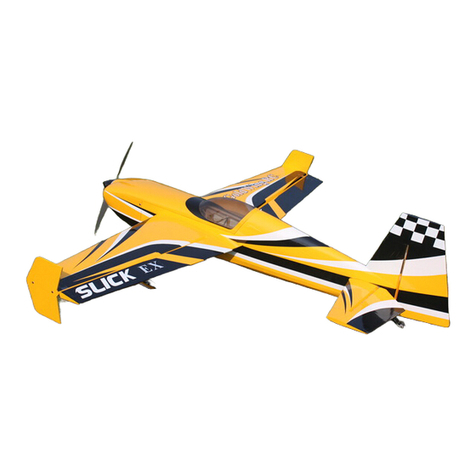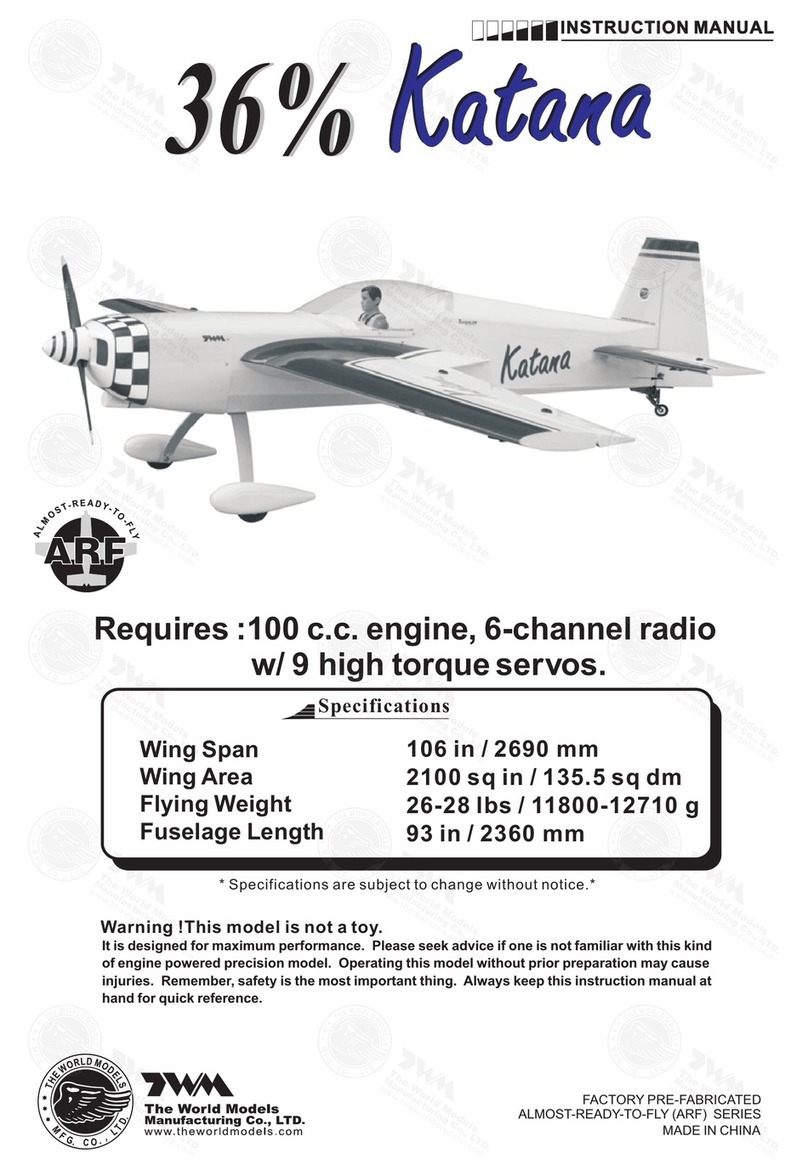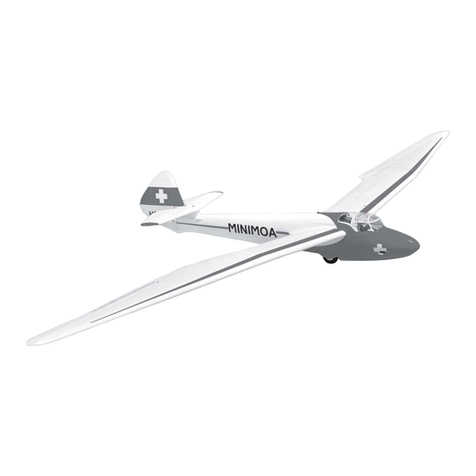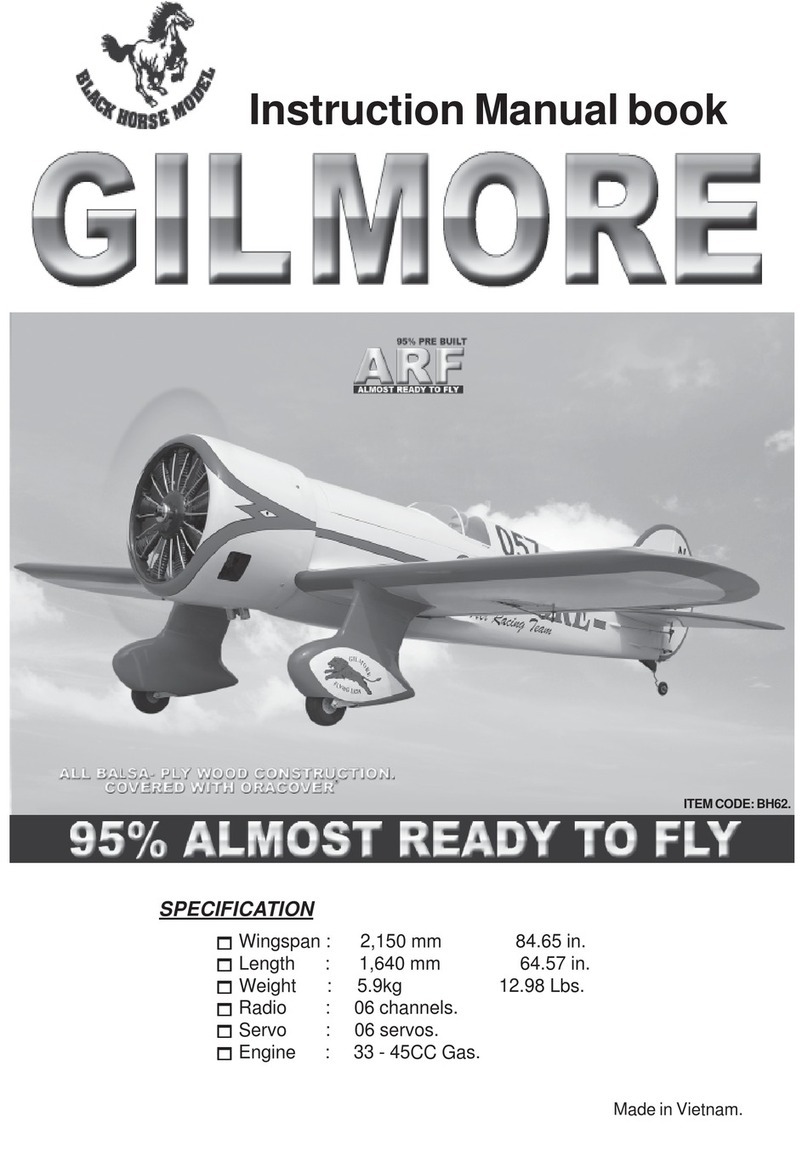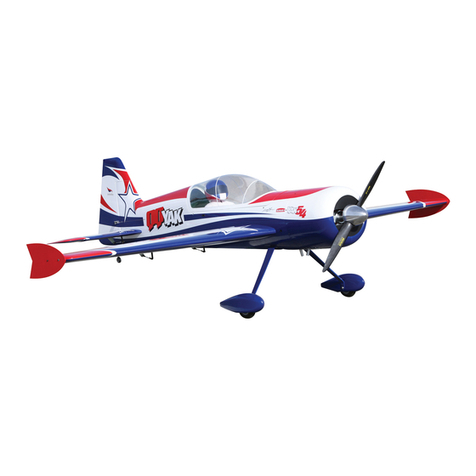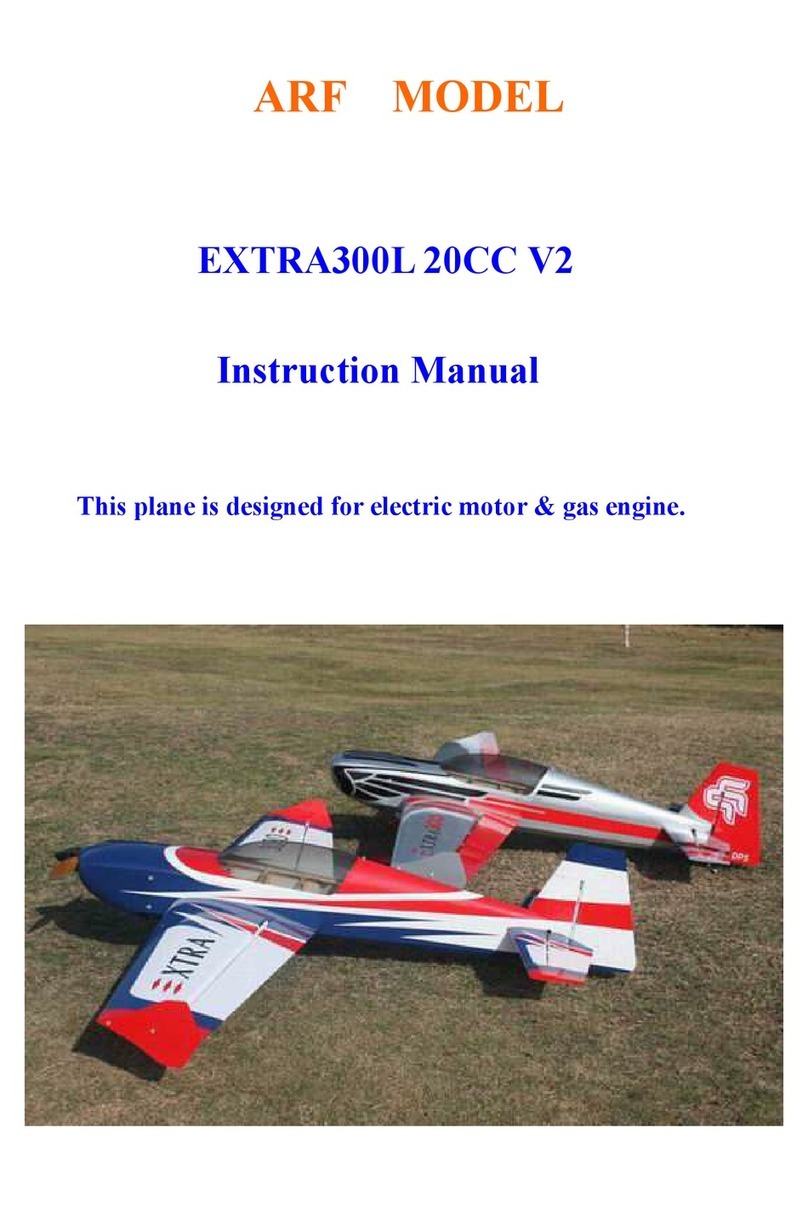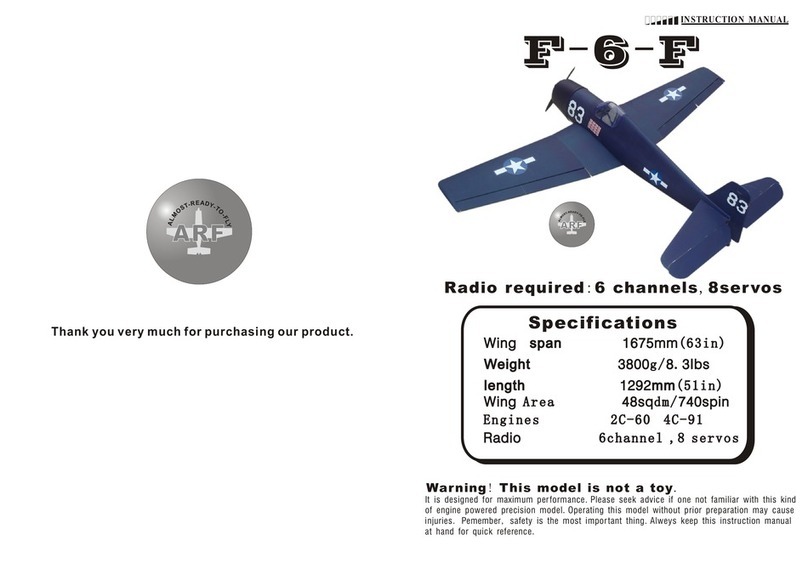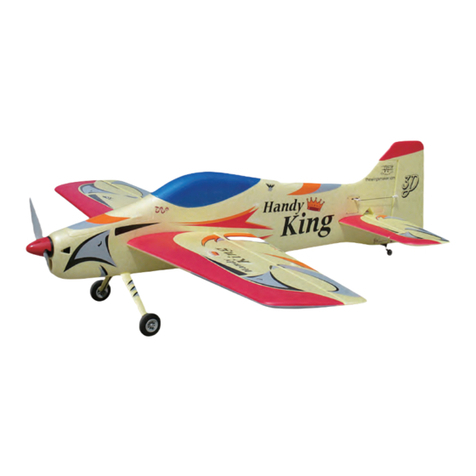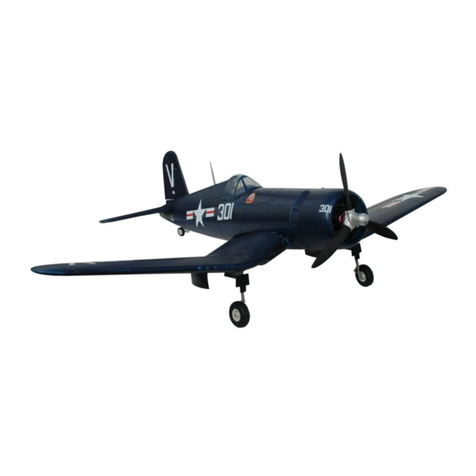Dear Customer,
Thanks for purchasing this newly designed MX2 50CC V2 aerobatic RC airplane. The weight is
approximately 17Lbs. It’s good for IMAC and free style flying. It’s a beautiful plane with amazing flight
performance. It’s covered with genuine monocote, and comes with good quality accessories, including
carbon fiber wing tube, Anodized 6061 aluminum landing gear or carbon fiber as an option. We hope you
enjoy this plane.
The new V2 version of MX2 has the following improvements from previous versions:
1.Control services is larger than V1 version. Up to 50 degrees of throw on all control surfaces. Best for more
vibrant aerobatic flight.
2.Improved wheels with more durable materials, and filled with rubber.
3.Using high quality cap head screws.
4.Improved ball link assembly.
5. Improved new Axle.the material of Axle is stainless steel .
6. Improved new Dual Fiberglass horn assembly
7. Flat nylon hinges for better flying strength
8. Include Side Force Generator’s(SFG)
9. Larger carbon fiber wing tube diameter than V1 Previous versions.
10. This V2 new design with a longer fuselage moment arm aids the tracking of the model, giving it rock
sold precision flight. Making it perfect for modern day flight schedules for IMAC and Freestyle
competitions.
A QUICK WORD ABOUT SAFETY AND RADIO CONTROL FLYING MODELS
With radio control aircraft, like any hobby or sport, there are certain risks. The operator of these models is responsible
for these risks. If misused or abused, you may cause serious bodily injury and/or damage to property. With this in mind,
you will want to be certain that you build your model carefully and correctly. If you are not an experienced flier, have your
work checked and ask for help in learning to fly safely. This model aircraft is not a toy and must be operated and flown
in a safe manner at all times. Always perform a pre-flight check of the model including all control surfaces, proper
function of the radio gear, structure, radio range, and any other area relating to the safe operation of this aircraft.
Models are not insurable but operators are. You can obtain coverage through membership in the Academy of Model
Aeronautics (AMA). For an AMA information package call 1-800-435-9262, ext. 292 or visit the AMA website at
"www.modelaircraft.org".
By the act of using the final assembled model, the purchaser/operator accepts all resulting liability.
